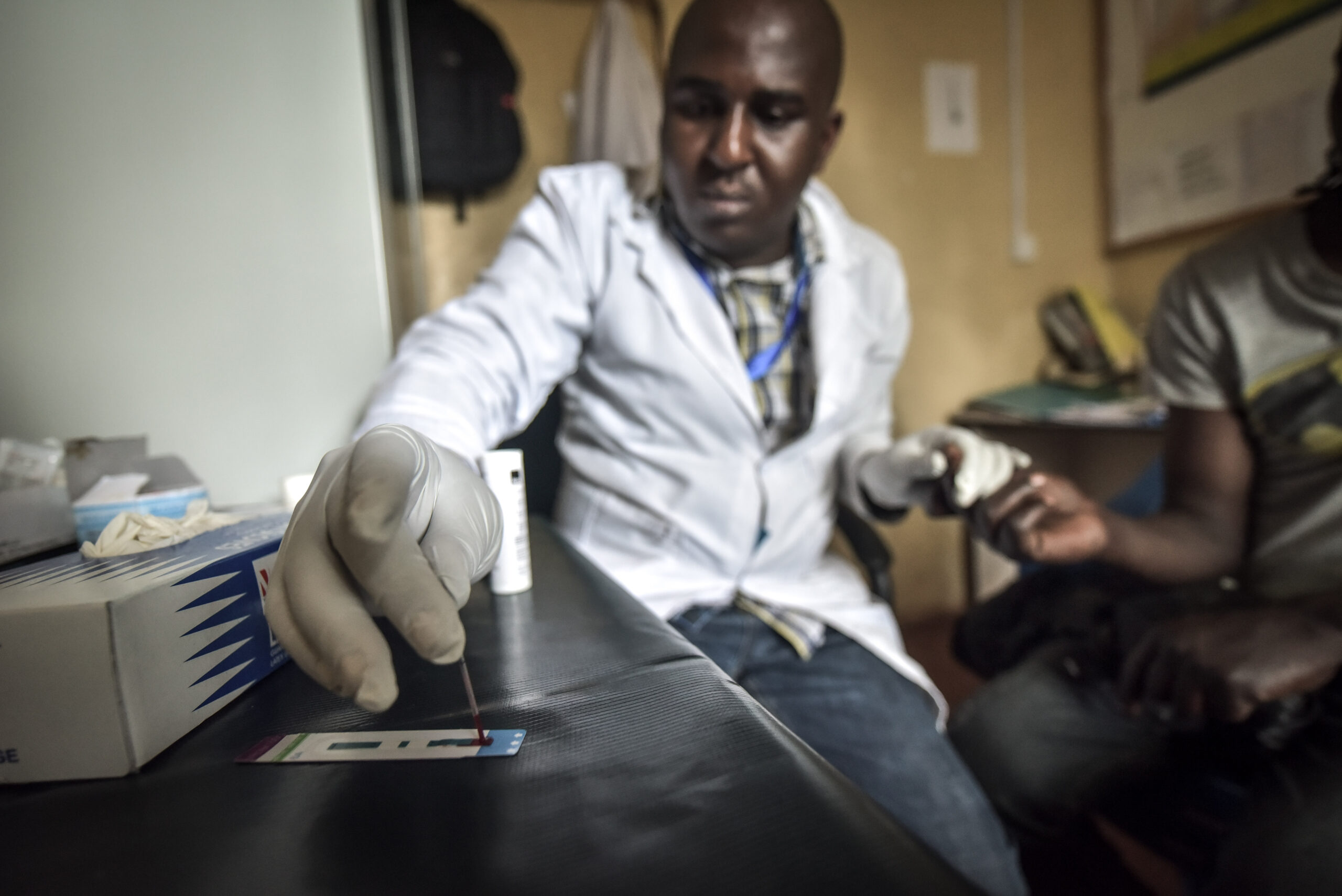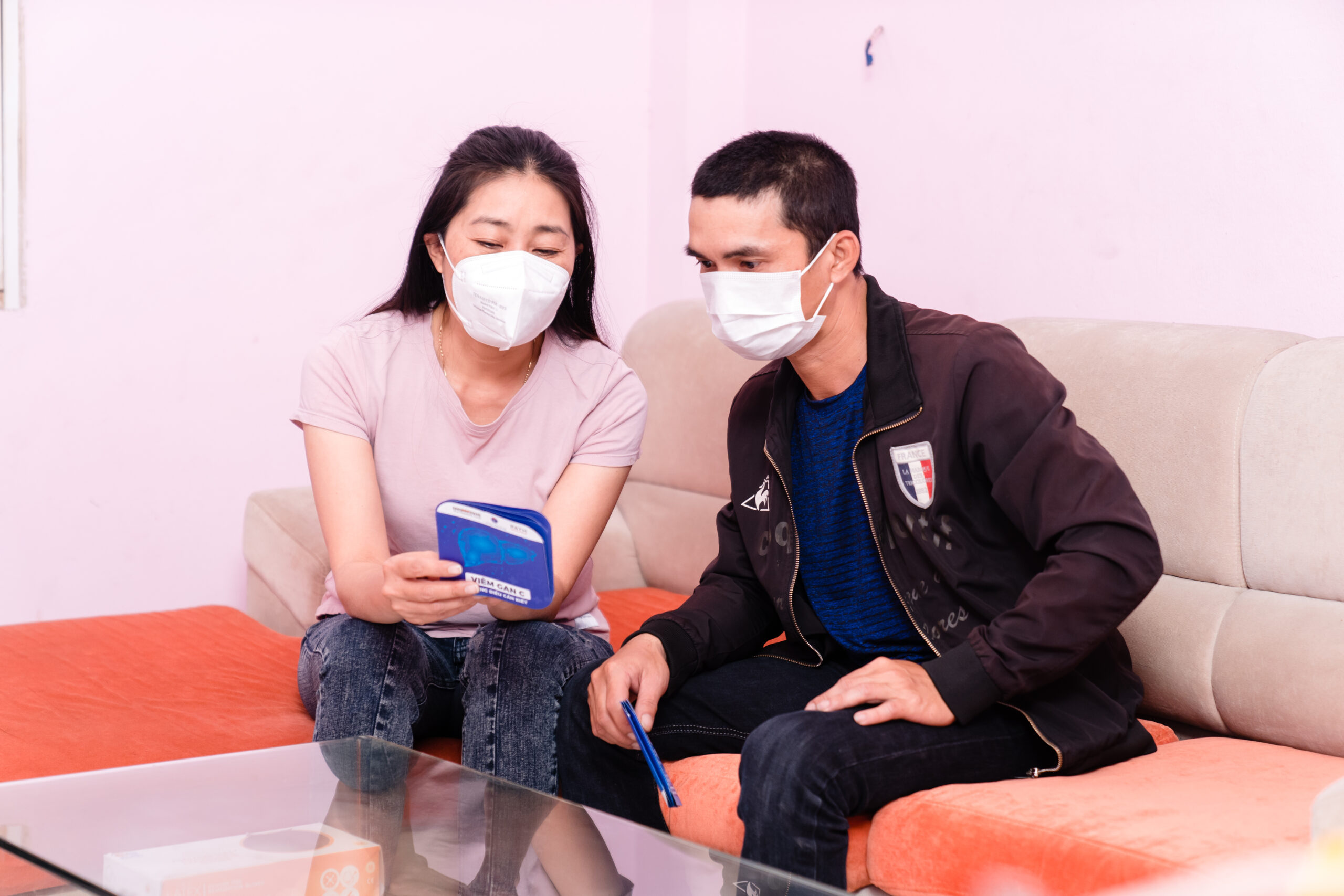The problem
According to UNAIDS, the percentage of HIV treatment coverage for children was half that of adults in 2012 when this project was developed. Available HIV drugs for children tasted bad, were difficult to administer, required refrigeration, and were unsuitable for children suffering from both HIV and tuberculosis, a common opportunistic infection.
Download the project evaluation
Our response
Working with our partners at DNDi we launched this project to replace existing pediatric HIV formulations with properly dosed medicines that are more palatable, easy to store, and better adapted to children’s needs. The project led several research studies to generate clinical data on the acceptability, feasibility, efficacy and safety of a specific HIV drug formulation – lopinavir/ritonavir (LPV/r) – that could be used in the new medicine created for infants and young children. The 4-in-1 fixed-dose combination treatment for children was first approved in South Africa in 2022, with additional countries quickly following suit.



